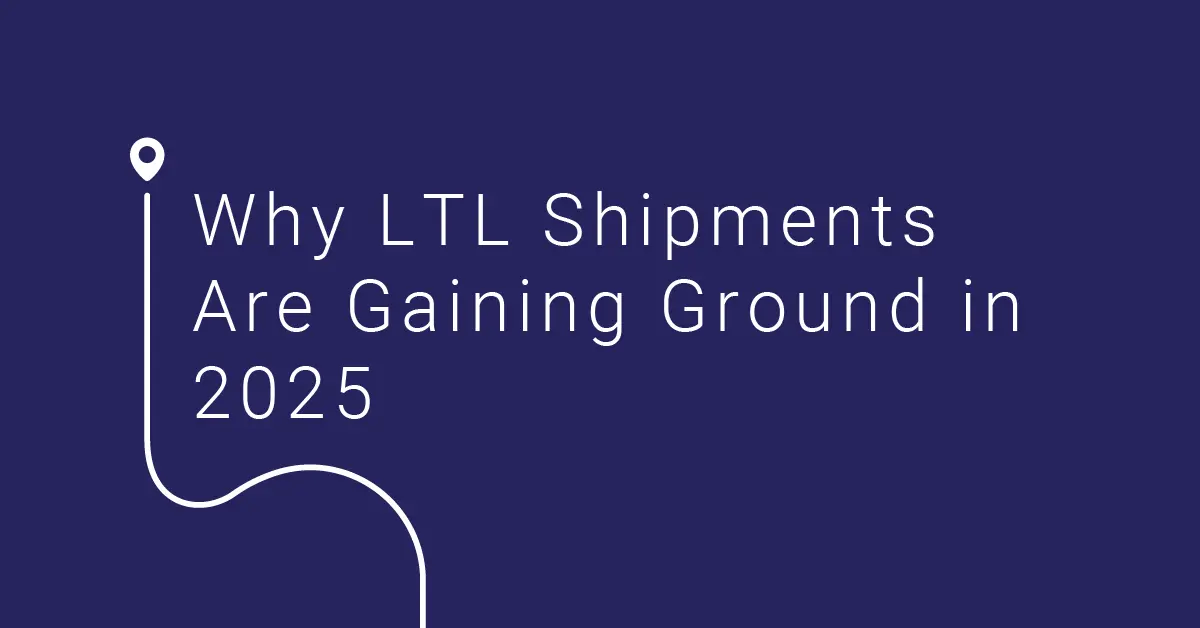Efficient logistics solutions in a volatile economic climate
Economic context: uncertainty, caution, and adaptation
Companies across Europe are operating in an economic environment defined by rising operational costs, fluctuating demand, and pressure on cashflow. At the same time, supply chains are becoming more dynamic, and traditional transport models – based on bulk orders and high stock levels – are being replaced by lean, agile strategies that rely on frequent deliveries in smaller volumes.
This new reality is driving the accelerated adoption of LTL (Less Than Truckload) shipments – a logistics solution that offers efficiency, flexibility, and cost optimization, without compromising reliability.
Why are companies increasingly choosing LTL?
- Demand volatility and supply chain fragmentation
Customers are no longer ordering in bulk, but prefer frequent, smaller restocks to avoid overstocking. LTL allows for rapid adaptation to these dynamic requirements.
- Volume-based cost efficiency
With LTL, customers pay only for the truck space their goods occupy – not the whole vehicle. This model is essential for companies shipping smaller loads on a regular basis.
- E-commerce and fragmented distribution
The growth of e-commerce has led to more diversified delivery points and order sizes. LTL enables multi-site distribution without disproportionate logistics costs.
- Operational flexibility
Companies can ship goods as soon as they’re ready, without waiting to consolidate a full truckload. This means shorter response times, lower inventory, and greater adaptability.
- Reduced warehousing risk and cost
LTL supports just-in-time and sequential deliveries, helping businesses avoid overstocking and minimizing losses from perishable or unsold products.
- Sustainability and route optimization
Combining multiple shipments into one vehicle lowers carbon emissions. This is increasingly important in the context of EU green transport regulations.
When is LTL the right solution? Real-world scenarios
LTL transport is ideal in the following situations:
- Regular shipments in small or medium volumes
- Deliveries to multiple recipients (e.g., regional distribution)
- High-value goods with short delivery cycles
- Shippers who can’t fill a full truck but need fast transit
Practical examples
- A tech equipment manufacturer in Cluj sends 4 pallets weekly to B2B clients in Poland. FTL would be inefficient – LTL is the perfect solution.
- A beverage exporter requires regular deliveries to supermarket chains in Germany. Consolidating loads with other shipments significantly reduces costs.
- A fashion e-commerce brand ships variable weekly volumes to Spain and the Netherlands. With LTL, they avoid paying for unused truck space.
📩 Want to know how LTL transport can improve your company’s logistics flow?
Contact the GOPET team for a tailored discussion and a custom offer: hello@gopettrans.com

